https://www.girlsgonestrong.com/
If you’re a new mom, you’ve probably noticed your midsection looks different than it did before pregnancy. Maybe you have new stretch marks or lax skin, or perhaps people are still asking when your baby is due.
Some women also notice a feeling of weakness in their abdominal wall or ab muscles, or see bulging along the midline of their abdomen with certain movements (like when getting out of bed). While it’s not painful, it can be disconcerting.
Rest assured: This is all pretty common.
Remember, you just grew and birthed a baby, and your body went through huge changes to accommodate the development of new life. It’s really quite remarkable!
In this article, we talk about the postpartum abdominal wall and diastasis recti. You’ll learn:
- What diastasis recti is.
- What it means to heal diastasis recti.
- Four tips for exercising safely and effectively with diastasis recti.
- Five exercises that may help improve the strength and function of your abdominal wall.*
Let’s get to it!
*If you have a significant diastasis or other concerns, we recommend consulting with a pelvic health physical therapist or your healthcare provider for an assessment and individualized physical therapy program.
What Is Diastasis Recti?
Diastasis recti is the natural separation of the abdominal muscles that occurs during pregnancy.
A diastasis is not a tear, a hole, a hernia, or a sign of inflammation. Rather, it’s a stretching and thinning of the linea alba (the connective tissue joining the two sides of the rectus abdominis muscles). Diastasis recti is commonly diagnosed based on the width of the gap between the muscles (a width of two fingerbreadths or more on a curl up is typically classified as a diastasis).
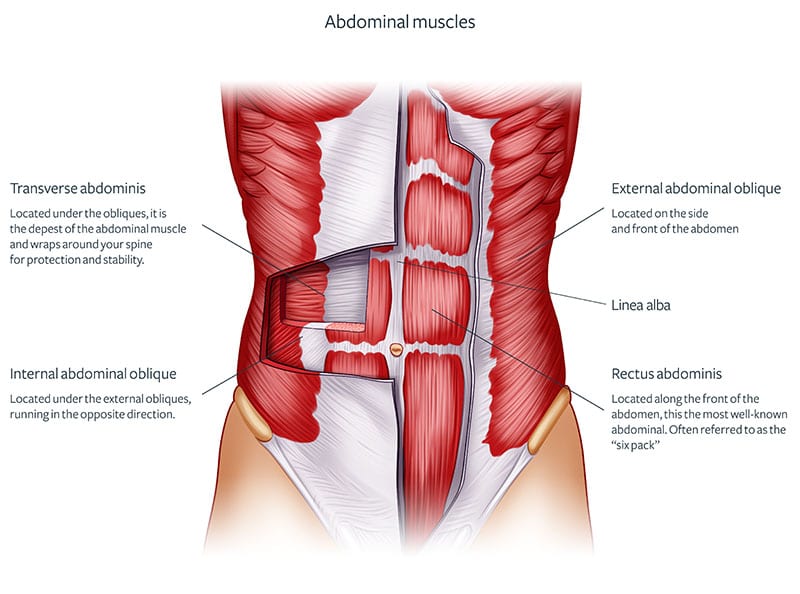
As far as we know, prenatal diastasis recti can’t be avoided — the linea alba will stretch to accommodate the growing fetus safely. In other words, it’s a natural response to growing a baby. In fact, research has shown that up to 100 percent of pregnant women have a diastasis recti of more than 16 millimeters in their final trimester.1
But what happens in the postpartum period? Truthfully, it varies enormously from woman to woman.
A 2016 study found that at six weeks postpartum, 60 percent of women still had a diastasis recti of at least two fingerbreadths. By one year postpartum, that number dropped to 32.6 percent. The severity of their postnatal diastases ranged from widths of two fingerbreadths (mild) to more than four fingerbreadths (severe).2

To put it simply: For many women, these changes resolve on their own over time. For others, the physical changes may be longer-lasting.
While some degree of abdominal separation is very common postnatally, it can be problematic for women with a wide or deep diastasis. These women may have aesthetic concerns (e.g., you may hear women mention their “pooch”) or may find it more challenging to do higher-level strength activities. For some women with severe diastasis recti, the tissue may become thin enough that it feels like there’s insufficient protection of the internal organs. When you check your diastasis, if the distance between the two sides of the rectus abdominis feels wider than two fingerbreadths, or it feels like you can sink your fingers into the abdomen along the midline with very little resistance (above or below your belly button), it’s a good idea to reach out to a physical therapist for guidance.
How do you know if you have diastasis recti? Learn how to assess your abdominal wall for diastasis recti.
Can I Heal My Diastasis Recti Postpartum?
New moms often ask physical therapists if they can heal diastasis recti postpartum. Depending on the woman asking, though, she may use language like…
- “Can I close the gap?”
- “Can I regain function in my abdominal wall?”
- “Can I change how my stomach looks?”
- “Can I make my ‘mummy tummy’ go away?”
… all of which are completely valid questions. So let’s talk about what healing means in the context of this article.
What Does “Healing” Diastasis Recti Mean?
Because diastasis recti is often diagnosed based on the distance between the two sides of the rectus abdominis muscles, clinicians used to define “healing” as closing the gap. However, our understanding of diastasis recti has evolved in recent years.
These days, our focus is more on the loss of connective tissue density and the inability to produce tension in the linea alba, which can compromise the function of the abdominal wall. In other words, there’s less concern with reducing the width of the gap and more emphasis on producing optimal ab muscle activation and restoring strength throughout the abdominal wall.3
So, clinically speaking, when we talk about healing diastasis recti, we’re referring to regaining optimal abdominal wall function.
But beyond this clinical definition, healing often means different things to different people. One postpartum woman may envision “healing diastasis recti” as meaning she can return to lifting heavy weights as part of her exercise routine, which might require that both sides of her abdominal wall function optimally. Another may see it as once again feeling comfortable and confident wearing certain clothes or looking in the mirror postpartum.
So with all that in mind, can diastasis recti be healed postpartum?
How much rehab and healing time your diastasis recti requires depends on a whole host of factors that vary from one person to another (e.g., genetics, age, number of pregnancies, width and depth of the diastasis), as well as on your goals.
The good news? We do know that exercise can help improve the strength and function of your abdominal wall — so I’m going to teach you five exercises that are a good option to start with in the early postpartum period.
But before we dive in, let’s run through four quick tips that may help optimize your recovery.
Are you a health or fitness pro? Learn more about training clients with diastasis recti.
4 Tips to Optimize Your Diastasis Recti Exercise Program
There are four important things you can do that may improve your outcomes while exercising with diastasis recti post-pregnancy.
Tip #1. Think About Stacking Your Body in a More Neutral Alignment
Your posture and the strength of your abdominal wall may affect each other in several ways. Here are some examples:
- Many new moms adopt a more relaxed sway posture in which the pelvis shifts forward and the rib cage sits behind the pelvis. This posture requires minimal muscular effort and often depends on the more passive structures, such as joints and ligaments. The abdominal muscles don’t need to do much work and may be stretched for long periods throughout the day. (See figure on the left in the illustration below.)
- To maintain your typical upright posture, the erector spinae muscles (which run along the length of your spine) may start working harder to compensate for your diastasis and the limited strength in your abdominal muscles.
- Your spinal extensor muscles may work overtime to maintain posture and stability, which can result in upward rotation of the rib cage and further stretching of the abdominal wall. (See figure on the right in the illustration below.)
While there’s no such thing as “perfect” posture, and there’s no direct correlation between posture and something like lower back pain, you can practice a more neutral spine alignment by thinking about stacking your ribs over your pelvis and your diaphragm over your pelvic floor. (However, note again that there’s also no such thing as “perfect” neutral alignment! There is a range of positioning that qualifies as neutral.) See how it feels; for example, do you feel different muscles working? You should feel relatively relaxed, and this position shouldn’t be exhausting to hold. You can also play around with your alignment and see what works best for you as you go through different types of activities.

Tip #2. Improve Your Core and Pelvic Floor Connection
When the tension and weight of the baby, fluid, and placenta has gone, actively contracting the muscles of the abdominal wall (including the deeper muscles, like the transverse abdominis) can feel challenging. This may leave some women feeling a sense of disconnect with their bodies. Some women have even described it to me as feeling like their abdominal wall is “a balloon that has popped.”
While regaining tension in the linea alba can take some time, working on the connection between your deep abdominal muscles and pelvic floor muscles could help you regain body awareness and improve muscle function.
Tip #3. Progressively Load the Abdominal Muscles
Many women with diastasis recti tend to underload their abdominal muscles, or in other words, they keep things too easy for too long. Other women may take things in the opposite direction and dive back into activities their bodies aren’t ready for quite yet. As with many things, it’s about finding a balance. In the first few months postpartum, you may want to be a little more conservative with abdominal exercises if you have a significant diastasis (your physical therapist can help guide you), but as the tissue recovery stabilizes, strength and function should take the focus.
Several research studies have shown that women with diastasis recti demonstrate weakness in the abdominal muscles on testing.4,5,6 As you return to exercise, focus on progressively loading your abdominal muscles (gradually increasing the difficulty, intensity, and loading of your ab exercises over time). Give yourself a challenge, but make sure to stop just before the linea alba begins to bulge (see tip #4).
Tip #4. Stop If You Experience Bulging at the Linea Alba or Pelvic Floor Symptoms
In the absence of individualized recommendations from your physical therapist, I recommend avoiding movements that cause doming, bulging, or sinking in the linea alba and that trigger symptoms of pelvic floor dysfunction (e.g., incontinence, heaviness in the vagina). These symptoms could indicate ineffective management of intra-abdominal pressure and an inability to coordinate the deeper muscle system appropriately for the work you’re doing.
While what can make diastasis recti worse is still unclear, it makes sense to avoid activities that could put unnecessary stress or pressure on the connective tissue or aggravate the pelvic floor.
5 Exercises for Postpartum Diastasis Recti
The following exercises are suitable for women who have a diastasis of up to three fingerbreadths wide and can still feel tension in the linea alba. If you have a more significant gap or a lack of tension (i.e., your linea alba feels soft and your fingertips sink into your abdomen), consult with a physical therapist before proceeding.
But are these the only postpartum diastasis recti exercises you can do? Absolutely not!
There are literally hundreds of exercises that might be suitable for you. However, many women are worried about getting started, so here are some simple options. We recommend combining them with simple functional exercises such as a squat, deadlift, or row.
Complete 2–3 sets of 10–12 repetitions (alternating sides when relevant) for each of the following exercises. (Progressions and regressions for each of these exercises are available in the table in the next section.)
Also, huge thanks to Ellysia Noble, GGS Certified Pre- and Postnatal Coaching Specialist, Labor and Postpartum Doula, and Coach in our GGS Coaching program, for filming these demonstration videos!
Heel Slide with Alternate Arms
The heel slide is a fantastic way to connect your breathing with deep core muscle activation. A simple limb movement, it’s appropriate for the early postpartum weeks but still effectively works the deeper muscles of the abdomen and helps strengthen your core-pelvic floor connection.
How to do heel slides:
- Start by lying on your back on the floor, with your knees bent, spine in a neutral position, and arms at your sides.
- Take a deep breath in.
- While exhaling, gently create tension and extend your right leg out straight, allowing your heel to maintain light contact with the floor (maintaining the closed chain). At the same time, extend your left arm up and over your head and back toward the floor.
- Inhale to return to your starting position, then repeat on the opposite side.
As you’re doing this exercise, try to keep your hips stable (i.e., avoid rocking back and forth).
Glute Bridge
The glute bridge predominantly strengthens the glutes, hamstrings and quadriceps, but when you progress to more advanced versions, it can be a great exercise for challenging the trunk muscles.
Make sure you’re really comfortable with the basic version before progressing to the single-leg variations. In my practice, I’ve found that women with diastasis recti tend to struggle to control their pelvic alignment when performing single-leg glute bridges, so see if you can maintain your pelvis in a horizontal alignment when you move on to asymmetrical exercises.
How to do a glute bridge:
- Begin by lying on your back with your knees bent and feet flat on the floor.
- While exhaling, squeeze your glutes and lift your hips up toward the ceiling. Imagine peeling your spine up off the floor, one vertebra at a time. Stop when your body forms a straight line between your shoulders and your knees. (Note that even if you can’t perform the full range of motion, you’ll still benefit from this movement.)
- Inhale and lower your body back down to the floor.
Standing Pallof Press
The Pallof press targets the whole abdominal wall, including the rectus abdominis and transverse abdominal muscles, and requires conscious, ongoing control of the position of the ribs over the pelvis. This is a great way to start rebuilding that mind-muscle connection and develop strength. Many women with diastasis recti also struggle with transverse plane strength (i.e., trunk rotation). This exercise will really target that.
How to do a standing Pallof press:
- Position a cable or band at chest height and stand perpendicular to it.
- Start with your feet hip-width apart, shoulders relaxed, and ribs stacked over your pelvis.
- Take the attachment with your outer hand (farthest away from the cable machine), lightly resting the fingertips of your inside hand on top, and hold it just in front of your chest.
- Breathe in to prepare. As you exhale, gently create tension and extend your arms straight in front of you, keeping your hands in line with your sternum.
- Inhale to return to the starting position.
- Relax between repetitions.
- Repeat the set facing the opposite direction.
Bird Dog
It’s a common misconception that front-loaded exercises are inevitably problematic for diastasis recti. In fact, making your abs work against gravity can actually improve your abdominal wall function when performed correctly. In my practice, I’ve seen good results from adding bird dogs early on, and later progressing to more advanced exercises like planks and push-ups.
As you begin incorporating movements that load the superficial abdominal muscles, just be sure to monitor for symptoms like bulging at the linea alba.
How to do a bird dog:
- Position yourself on your hands and knees. Make sure your hands are underneath your shoulders and your knees are underneath your hips. Your spine should be in a neutral position with a long neck and a gentle curve in your lower back.
- Inhale to prepare. While exhaling, gently create tension and extend one arm and the opposite leg. Try not to rock your body from side to side and avoid sinking into your chest or lower back.
- Inhale to return to the starting position.
- Repeat with the other arm and leg.
Banded Pull-Down
This upper body exercise can be challenging for many women. Like the Pallof press, it requires conscious control of the position of the ribs over the pelvis throughout the movement. Many women with diastasis recti will notice bulging of the linea alba or upward rotation of the rib cage, so start with a light load and progress when you can do this exercise with good technique.
How to do a banded pull-down:
- Anchor a band at head height or higher.
- Stand facing the anchor with your feet hip-width apart and arms extended in front of you, holding the band.
- As you exhale, gently create tension and keep your rib cage connected to your pelvis as you pull the band down to your sides. Make sure you keep your elbows straight from start to finish so that the movement comes from your shoulder joints.
- Inhale as you slowly bring your arms back up to return to the starting position.
Recovering from a C-section birth? Get the details on how to return to exercise after a C-section.
Progressions and Regressions
While those five exercises are often good options for the early postpartum period, if you’re just getting back into an exercise routine, you may want to start with the simplest version of each exercise and progress from there until you find a variation suitable for you. You can use the following table to determine how to regress and progress each movement.
An exercise is at the right level if it feels challenging, but you don’t see any of the symptoms we discussed. If you develop symptoms and they’re not immediately resolved by regressing or modifying the movement, it’s time to stop that exercise.

Click here for a downloadable PDF of the table above.
The Bottom Line
Because there isn’t a whole lot of evidence-based research on what absolutely makes diastasis recti better or worse, many physical therapists and personal trainers tend to be more cautious when programming for women with a wide abdominal separation.
In many ways that’s a good thing, but in some cases, that level of caution can lead to blanket statements about avoiding certain ab exercises at all costs (e.g., “Don’t ever do sit-ups!”). Such statements may end up doing new moms a disservice.
I’m all about adapting instead by using regressions and modifications rather than avoiding altogether.
By staying aware of your body and listening to its cues, you can typically take advantage of a wide range of exercises that can help restore the function of your abdominal wall and potentially improve the appearance of your diastasis recti. (If you want some help with your exercise routine, you can check out our Moms Gone Strong program, which includes 90 days of done-for-you workouts tailored for every stage of pregnancy and postpartum!)
And remember: Recovery takes time. Your body just went through a huge transformation, and it will need some time to adjust. Be patient with yourself — you’re doing great!
The post Diastasis Recti Exercises: 5 Moves for New Moms appeared first on Girls Gone Strong.

 Kabobs typically have a warm-spiced Middle-eastern or a sweet Hawaiian flair. We’re changing it up and marinating our chicken kabobs in your favorite Italian flavors, like garlic, basil, lemon, and an herby marinade. You’re going to love this spin on the traditional meat-and-veggie-on-a-stick experience.
Kabobs typically have a warm-spiced Middle-eastern or a sweet Hawaiian flair. We’re changing it up and marinating our chicken kabobs in your favorite Italian flavors, like garlic, basil, lemon, and an herby marinade. You’re going to love this spin on the traditional meat-and-veggie-on-a-stick experience.

 Mix ? of the sauce with the chicken and place it in the fridge for about an hour to marinate (or longer if you like).
Mix ? of the sauce with the chicken and place it in the fridge for about an hour to marinate (or longer if you like).







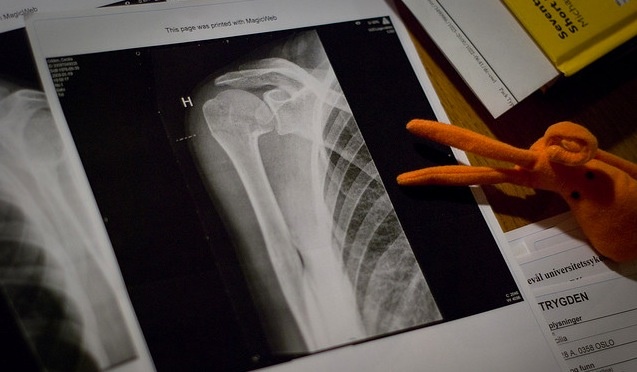

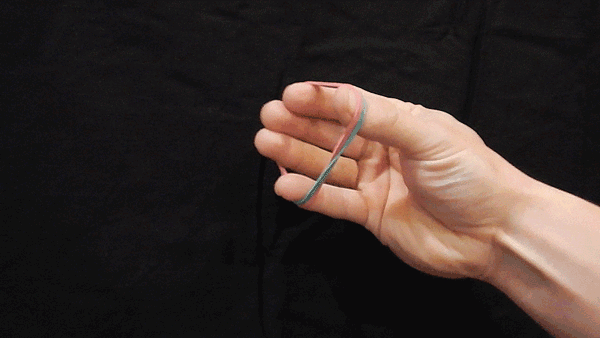

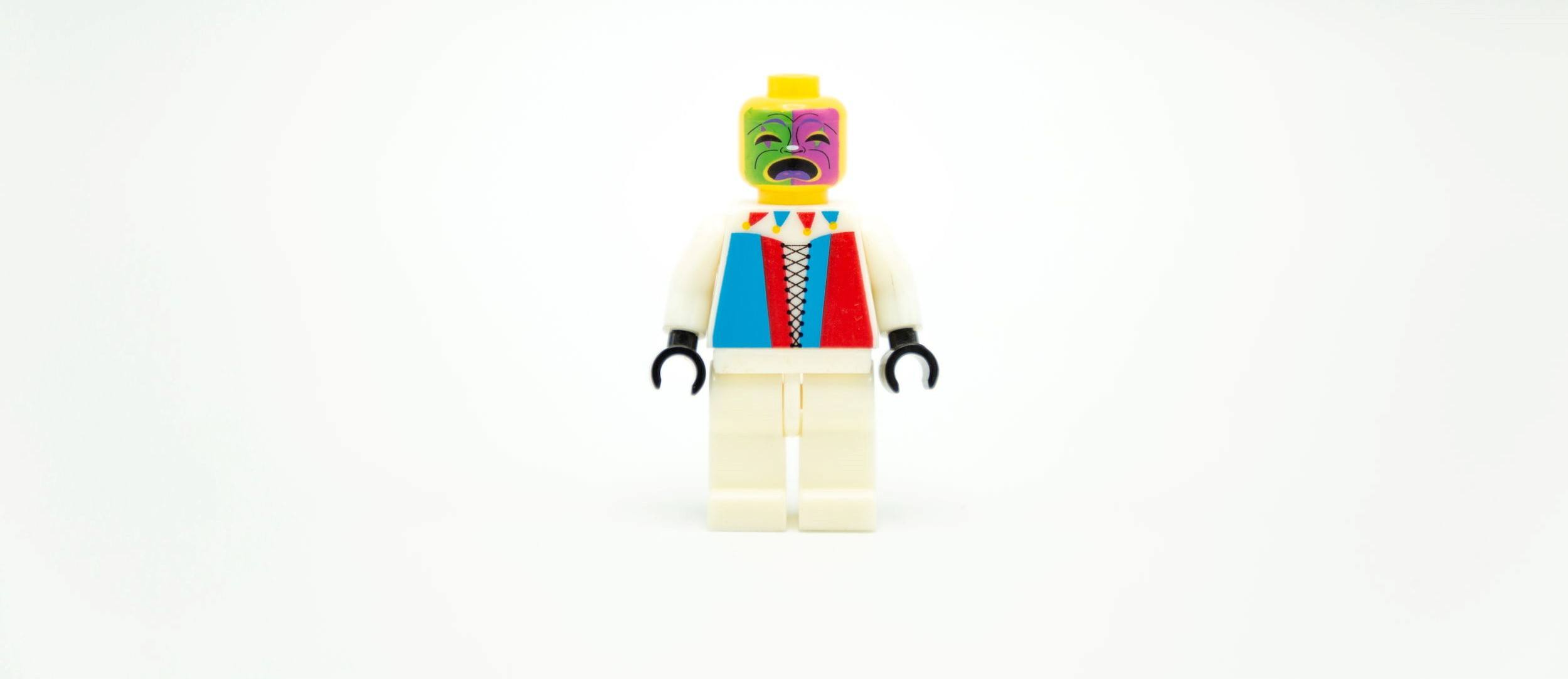

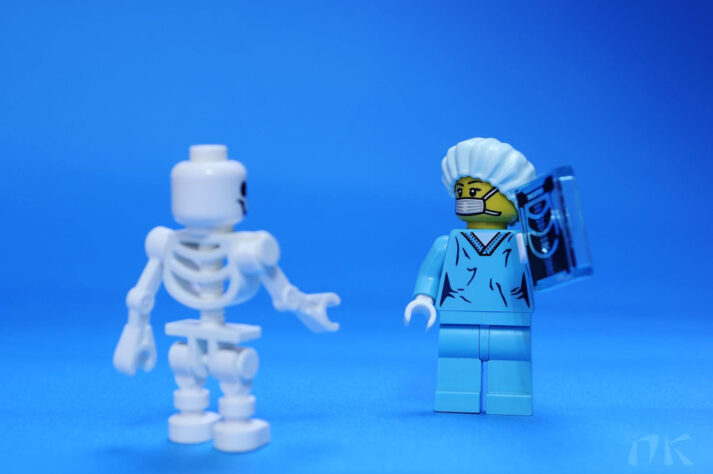
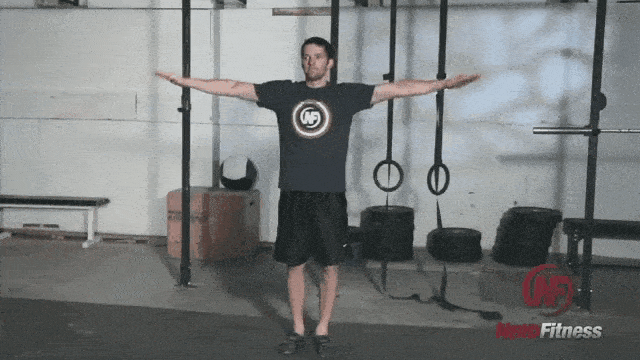
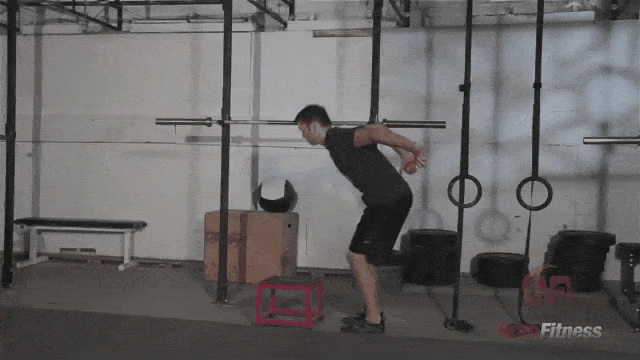


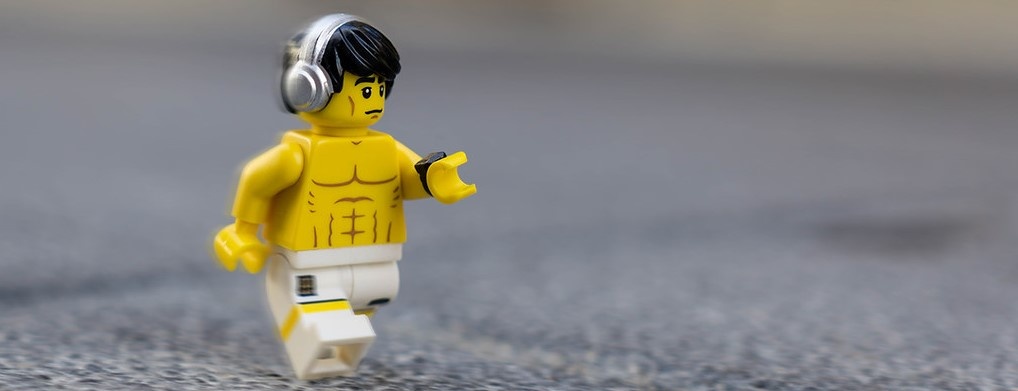
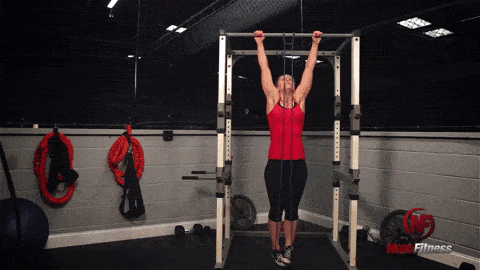

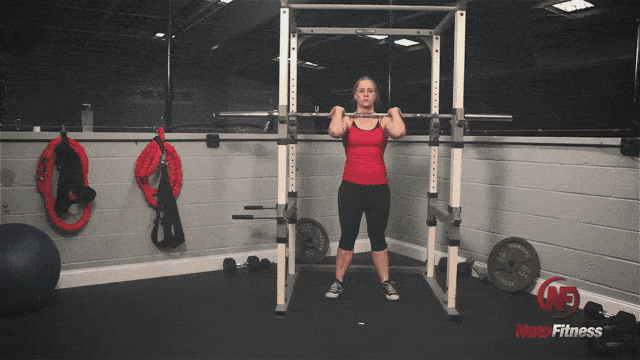

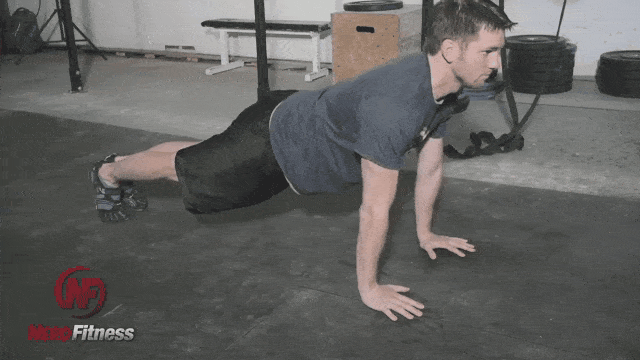
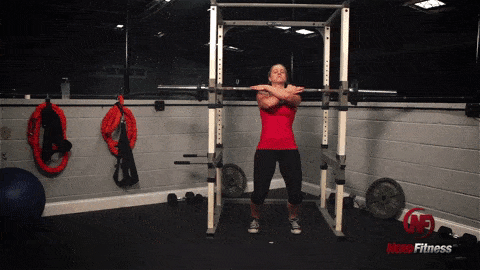
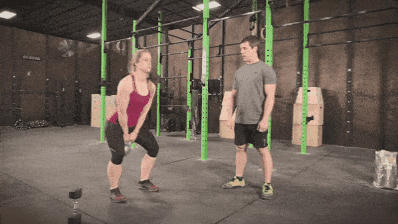
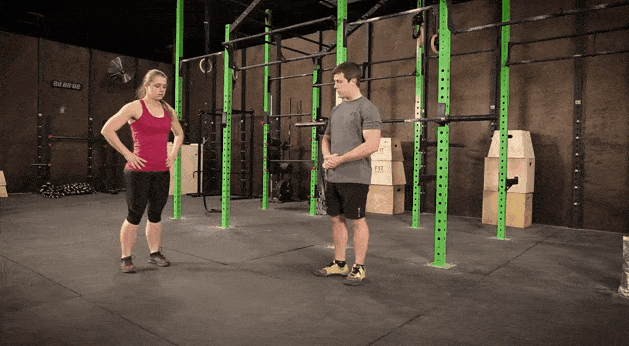

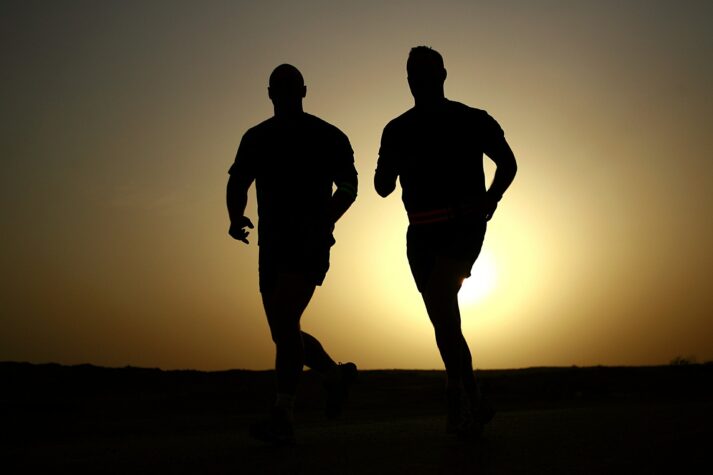
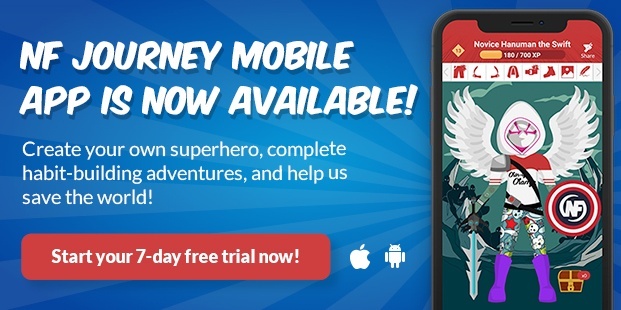
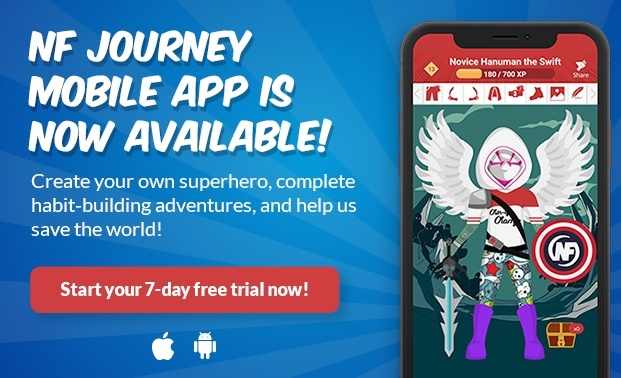
 Research of the Week
Research of the Week
 Hey folks! This week, Erin Power is back to answer your questions about when you should be eating. If you’re wondering if you should be having breakfast, how to avoid being ravenous after a cross-country flight, or the best way to navigate summer BBQs, you won’t want to miss this post. Keep sharing your questions on our
Hey folks! This week, Erin Power is back to answer your questions about when you should be eating. If you’re wondering if you should be having breakfast, how to avoid being ravenous after a cross-country flight, or the best way to navigate summer BBQs, you won’t want to miss this post. Keep sharing your questions on our 
 You’ve heard of the Mediterranean diet, no doubt. Perhaps your doctor has tried to turn you onto it. Maybe your parents or co-workers are using it to lose weight and normalize blood pressure. Read a popular treatise on the “Mediterranean Diet” and this is what it’ll have you eating:
You’ve heard of the Mediterranean diet, no doubt. Perhaps your doctor has tried to turn you onto it. Maybe your parents or co-workers are using it to lose weight and normalize blood pressure. Read a popular treatise on the “Mediterranean Diet” and this is what it’ll have you eating: Honestly, when’s the last time you paid attention to your feet unless they were causing you pain?
Honestly, when’s the last time you paid attention to your feet unless they were causing you pain?
 Serves: 6
Serves: 6

 Take the other half of the patty and flatten it. Place the flattened patty on top of the stuffed patty and press the edges together to form one uniform stuffed patty. Repeat with the remaining meat and cheese. Make sure the edges are tightly pressed together to keep the cheese inside while grilling.
Take the other half of the patty and flatten it. Place the flattened patty on top of the stuffed patty and press the edges together to form one uniform stuffed patty. Repeat with the remaining meat and cheese. Make sure the edges are tightly pressed together to keep the cheese inside while grilling. Grill for an additional couple of minutes, then flip the burgers over and repeat on the other side. Grill until the internal temperature reaches 160 degrees Fahrenheit. Remove the burgers from the grill and allow them to rest while you prepare the guacamole.
Grill for an additional couple of minutes, then flip the burgers over and repeat on the other side. Grill until the internal temperature reaches 160 degrees Fahrenheit. Remove the burgers from the grill and allow them to rest while you prepare the guacamole.

 Take it a step further with your favorite
Take it a step further with your favorite 



 For now classes are 6pm and 640pm at 2840 Wildwood st in the Boise Cloggers studio.
Book your class NOW!
click this ==>
For now classes are 6pm and 640pm at 2840 Wildwood st in the Boise Cloggers studio.
Book your class NOW!
click this ==>








